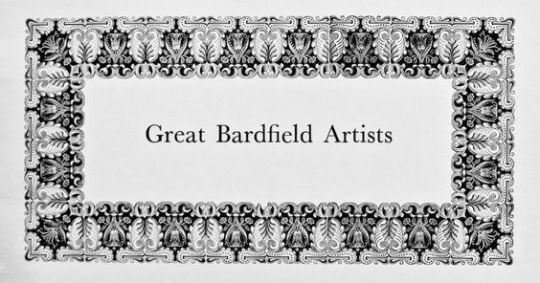The Great Bardfield Artists were a community of artists who lived in Great Bardfield, a village in north west Essex, England, during the middle years of the 20th century. The village’s “open house” exhibitions attracted national press attention and thousands visited the remote village to view art in the artists’ own homes during the summer exhibitions of 1954, 1955 and 1958.
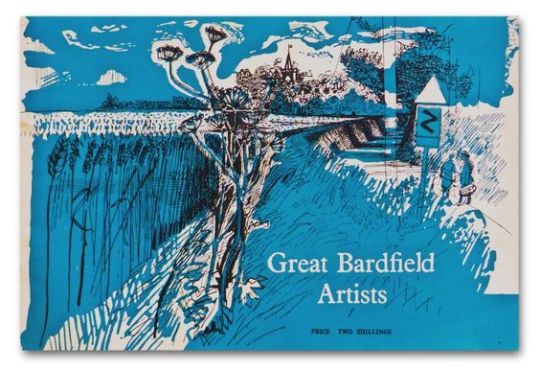
The principal artists who lived there between 1930 and 1970 were John and Lucie Aldridge, Edward Bawden, George Chapman, Stanley Clifford-Smith, his wife Joan Glass, Audrey Cruddas, Walter and Denise Hoyle, Eric Ravilious and Tirzah Garwood, Sheila Robinson, Bernard Cheese, Michael Rothenstein and his wife Duffy Ayers, Kenneth Rowntree and Marianne Straub.
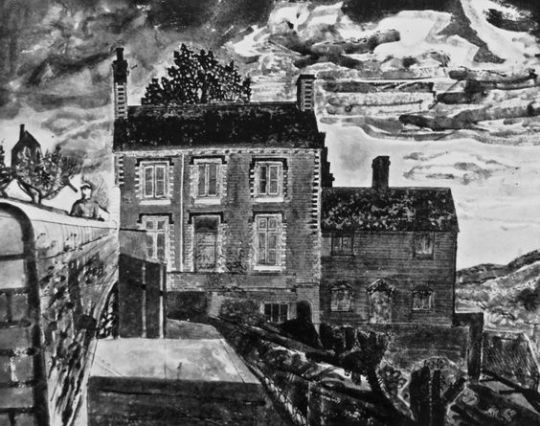
Edward Bawden CBE RA (1903–1989)
Other artists associated with the group include David Low and Laurence Scarfe. Great Bardfield Artists were diverse in style but shared a love for figurative art, making the group distinct from the better known St Ives School of artists in St Ives, Cornwall, who, after the war, were chiefly dominated by abstractionists. Below are pictures from the 1957 exhibition catalogue.
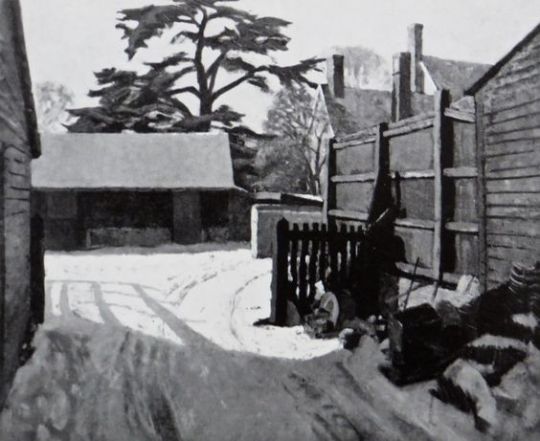
John Aldridge RA (26 July 1905–3 May 1983)
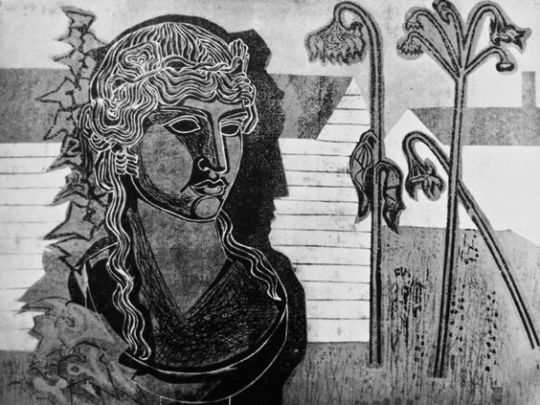
Walter Hoyle (1922–2000)
